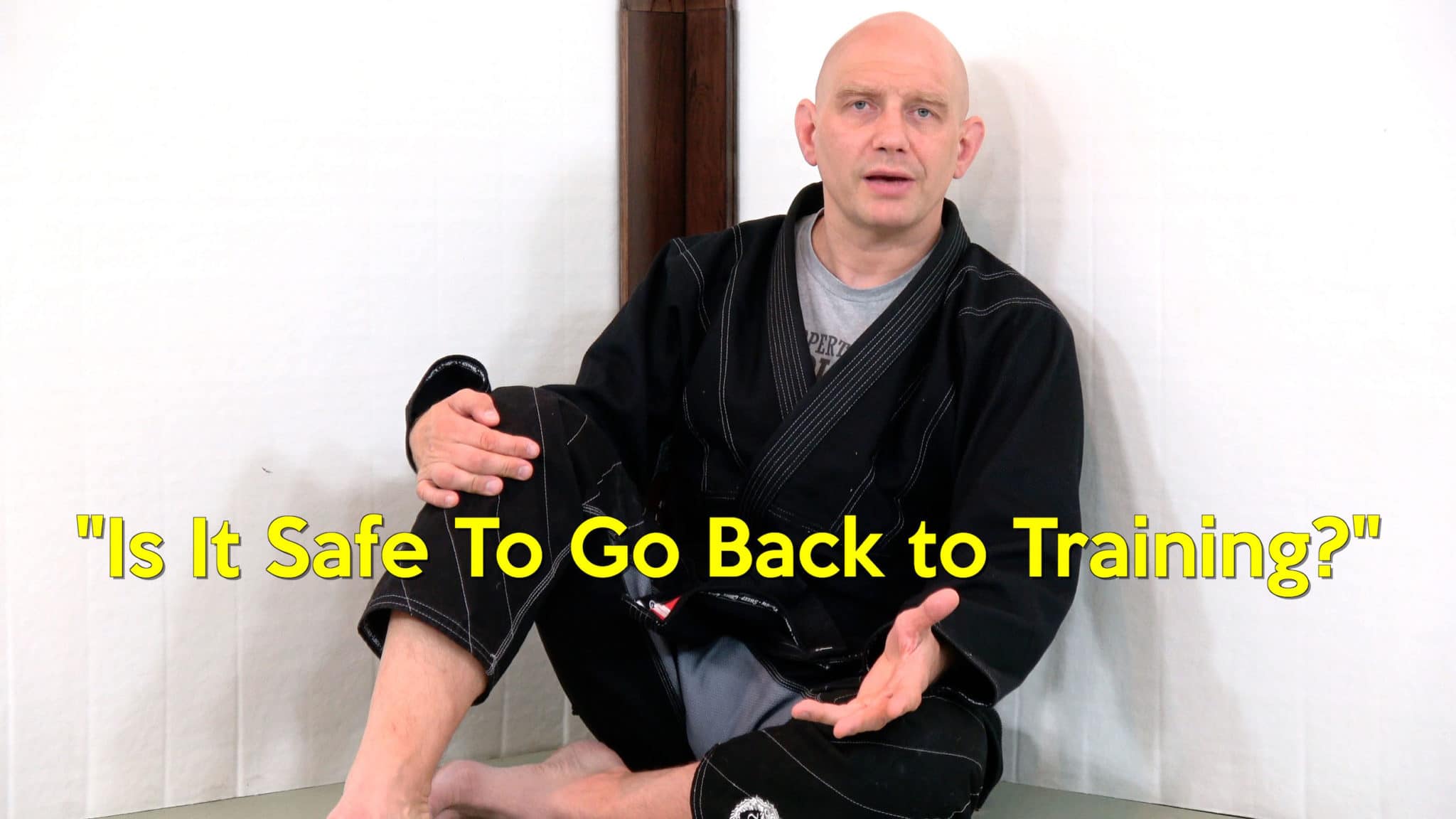
If you are considering applying for the KCPD, then you have a few options when it comes to selecting a training program. There are several options to choose from: Recruit training; Professional training; Drivers training; or the Leadership academy. Here are some key features for each program. Continue reading to learn how each program could benefit you. Find out some tips that will ensure you get the most of your training.
Recruit training
For Kansas City Police Academy recruit training, interested candidates must pass a polygraph and have a pre-employment interview. They must also have a high school diploma or GED, and must be 21 years old. The applicant must also meet the requirements to be a citizen of the United States, and a Kansas City resident at the time of hiring. All potential officers must be physically as well mentally as must pass a background inspection, medical, and psychological examination. They must complete their training before they can begin work as a sworn KCPD Officer.
The Kansas City Police Academy's 174th officer class is currently training for the field. The Missouri Department of Public Safety certified the academy's instructors through its Peace Officer Standards and Training Program. They are also law enforcement veterans with a lot of practical experience. Recruit training at the Academy requires a high level of dedication and commitment to the police profession.

Professional training
The Kansas City Police Department offers professional training in a variety of fields, including criminal investigation and patrol. While officers in the department start their careers as patrol officers, there are many opportunities to progress. There are special units within the department that deal with sex, domestic violence and crimes against children, as well. A variety of trainings are available for the public. Women might be interested in the Women Safety Seminar.
The Missouri Department of Public Safety certifies instructors at the academy through the Peace Officer Standards and Training Program. This program is designed for law enforcement officers to obtain the necessary qualifications. For eligibility to the Academy, applicants must register with a law enforcement agency. Non-POST applicants will be granted full employment in the police department from the time they are accepted to the Academy until the end of their field training.
Drivers Training
During their first year in the police academy, all new recruits to the KCPD are required to complete 40 hours driver training. This includes classroom instruction, supervised driving and road supervision. Students are also provided with information about vehicle registration and insurance by PAL instructors. The academy is strongly committed to driver training. It hopes that some of its student pilots will go on to the police force. How can recruits get the most out of this experience? Let's examine some ways that driving training at KCPD can be a positive experience.
The academy is operated by the Kansas City Police Department. The academy offers continuing education classes as well as driver's training, firearms instruction, and traffic safety training. These classes may be attended by other than KCPD personnel. Non-KCPD personnel are subject to a training fee. In fiscal years 2013, and 2014, over 1,100 non-KCPD attendees attended classes. The academy also lets its facilities out to agencies other than the KCPD, such as Jackson County Department of Corrections. Postal Inspectors-OIG, and the Platte County Sheriff's Department.

Leadership academy
The Leadership Academy at Kansas City Police Department teaches officers the skills and attributes that are necessary to become a great leader. Participants are taught how to lead others and communicate effectively with them. They also gain valuable insights into the workings of the law enforcement industry. They engage in a series if practical exercises to help them become better police officers. The academy also helps police recruits learn how to handle six common calls for service.
Arbinger leads the workshop in Kansas City Police Department with other leading thinkers. The participants include KCPD department heads and FOP members. Some neutral individuals are also included. While the workshop initially seems hostile, it quickly transforms into a friendly environment. Participants shared that they learned a lot through the program, and that they were eager to apply it to work. The workshop ultimately helped officers to be more motivated, happier, and more productive. It also helped to improve relations with the community.
FAQ
What is the best weapon to carry for self-defense?
A sharp knife is your best defense weapon. A knife is the best weapon for self-defense.
You don't need to spend $100 on a folding knife to protect your self. You can do the job with a simple pocketknife. For any emergency, you can add some extra tools.
What is the best place to practice self-defense?
The best place to practice self-defense is in your own backyard. But if you don’t have the space to practice, you can always go elsewhere.
You could practice anywhere, such as in a empty parking lot, in a car park, or even your living room. It's important to keep your eyes on the road and pay attention to your surroundings.
It is very dangerous to practice alone. Always practice with a partner.
How can you stay safe when you're not physically able?
If you're not physically capable of protecting yourself against an attacker, you should look for someone who is.
You may have to ask for help. You may have to call the 911 emergency number. However, if you wait to act, you might die.
Contact your local shelter for victims of domestic violence. Safety planning classes are offered by many shelters to help women protect themselves.
What are the benefits of martial arts training?
Martial arts training gives you the ability to use your skills in any situation. They will make you stronger and faster. They teach you how deal with various types of attacks.
You will also feel more confident. Your confidence level will increase and you will be less stressed if you feel safe.
They are also great for your health. Regular exercise has been shown to improve your physical health.
What is the best self defense for women?
Pepper spray should be carried by every woman at all times. It is important to have pepper spray on you in case you are attacked by someone greater than yourself. It could save your life.
Women need to learn how kick effectively. Kicking is an effective way to defend yourself against attackers.
Statistics
- Kung Fu alone has 400 unique martial art styles – and whilst you likely won't be able to find a school for each form, many other martial arts are completely different altogether. (budodragon.com)
- Most likely, you'll get tapped out by 90% of the people in your first 3-5 months. (mmaclan.com)
- In a January 2018 survey of 1,000 women nationwide, 81 percent reported experiencing some form of sexual harassment, assault, or both in their lifetime. (healthline.com)
- The Rape, Abuse & Incest National Network reports that 70 percent of sexual violence cases aren't committed by random strangers in a dark alley but by people we know: friends, family, partners, co-workers, etc. (healthline.com)
External Links
How To
What is the best way to self-defense?
Self-defense can be defined as a broad term that encompasses a variety of options. There are many forms of self defense that you can learn. Here are some of the most common ones:
-
Boxing – Because you can fight with your hands, boxing makes a great self-defense option. Most people think that only men can box, but women can too. You can learn boxing from women using a variety methods including private lessons and gyms as well as online courses.
-
Wrestling - Many people believe that wrestling isn't a real sport, but it actually is. It was once the nation's pastime. Private lessons, gyms and online classes are all available for women who want to learn how to wrestle.
-
Jujitsu (Jujitsu) - Jujitsu helps you defend yourself using your own body weight. It is simple to learn and improves coordination and balance.
-
Kickboxing - Kickboxing is similar to Muay Thai, except that it uses kicks instead of punches. It is a full-contact, combat sport that doesn't need rules. It's a great option for beginners because it's easy to learn.
-
Tae Kwon Do – TKD combines elements from karate as well as taekwondo with jujitsu. This is a great option for people who are interested in learning self-defense and not worrying about hurting their opponents.
-
Mixed Martial Arts (MMA) - MMA is a hybrid of several different martial arts. It blends Judo Judo Boxing Wrestling, Judo, Judo, Boxing and Brazilian Jiu Jiu Jitsu. It's one of the fastest growing sports today because it's so effective.
-
Karate - Karate, a Japanese martial art, focuses on kicking techniques. It's been around for many centuries and has evolved over the years. Today, there are many styles of Karate. Each has its own style and training methods.
-
Knife Fighting – Knives can be very helpful when you are defending yourself. To stab your attacker, you don't need to be close. Only you need to know how to safely use a knife.
-
Pepper Spray – Pepper spray is a non lethal weapon that can either help you escape an attack, or prevent an attack from happening. Pepper spraying attackers is not recommended as they can be easily burnt.
-
Firearms: The last defense against an attacker, is to shoot them. This is typically done by either law enforcement officers or civilians who have been trained to do so.
-
Self-Defense Classes – A self defense class can be a great way for you to learn all these skills at once. They usually cover everything, from grappling to shooting.
-
Combative Sports: Another great option is to take part in combative activities like kickboxing, mixed martial arts, and even amateur wrestling. These sports require practice and discipline, and they teach you how protect yourself.
-
Martial Arts Schools. If you're serious in learning how to defend your self, then go to school that teaches martial art. Some schools also offer weapons classes.
-
Online Courses: There are many free resources you can access. 15) Books - Finally, some books may be helpful. "The Complete Idiot's Guide to Self Protection" by Alan Peppard is a book that covers all of the above topics.
-
Be Confident in What You Know. Before you try to learn something new or learning anything else, first make sure that you are familiar with the basics. That way, you'll avoid making mistakes that could harm you.
I think I will try my hand at self-defense. I have always wanted learn to fight but was not interested in doing it. Now that I am older, it is time to take better care of me and stop relying on others.
I've decided that I will start slowly and see what happens. I'm thinking about joining a local gym to start practicing with weights and such. I'm still debating whether or not I should get a gun.